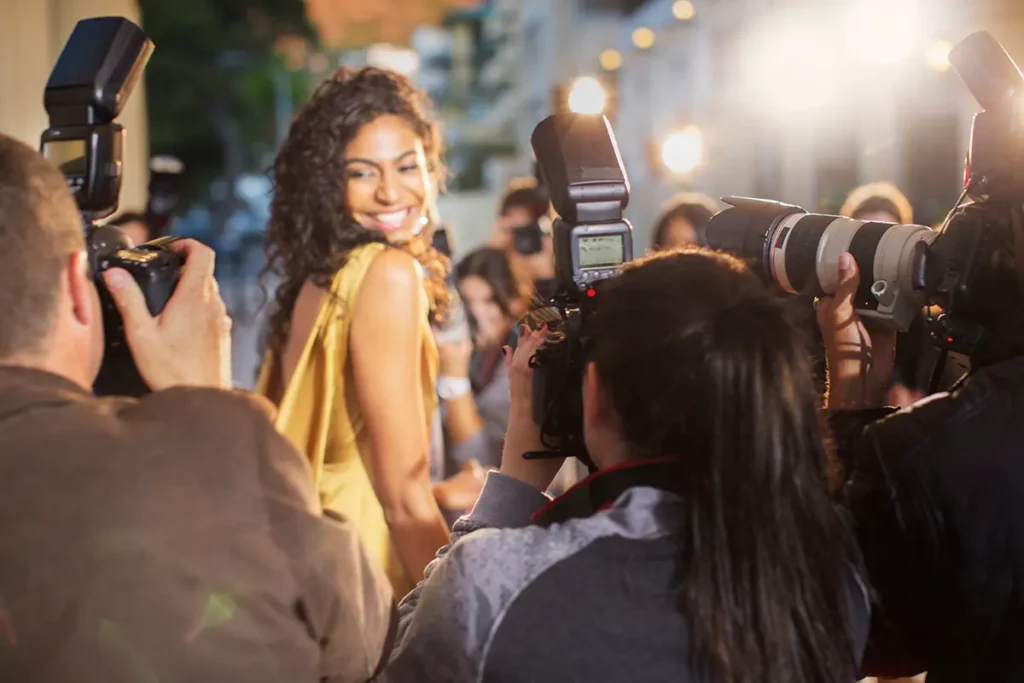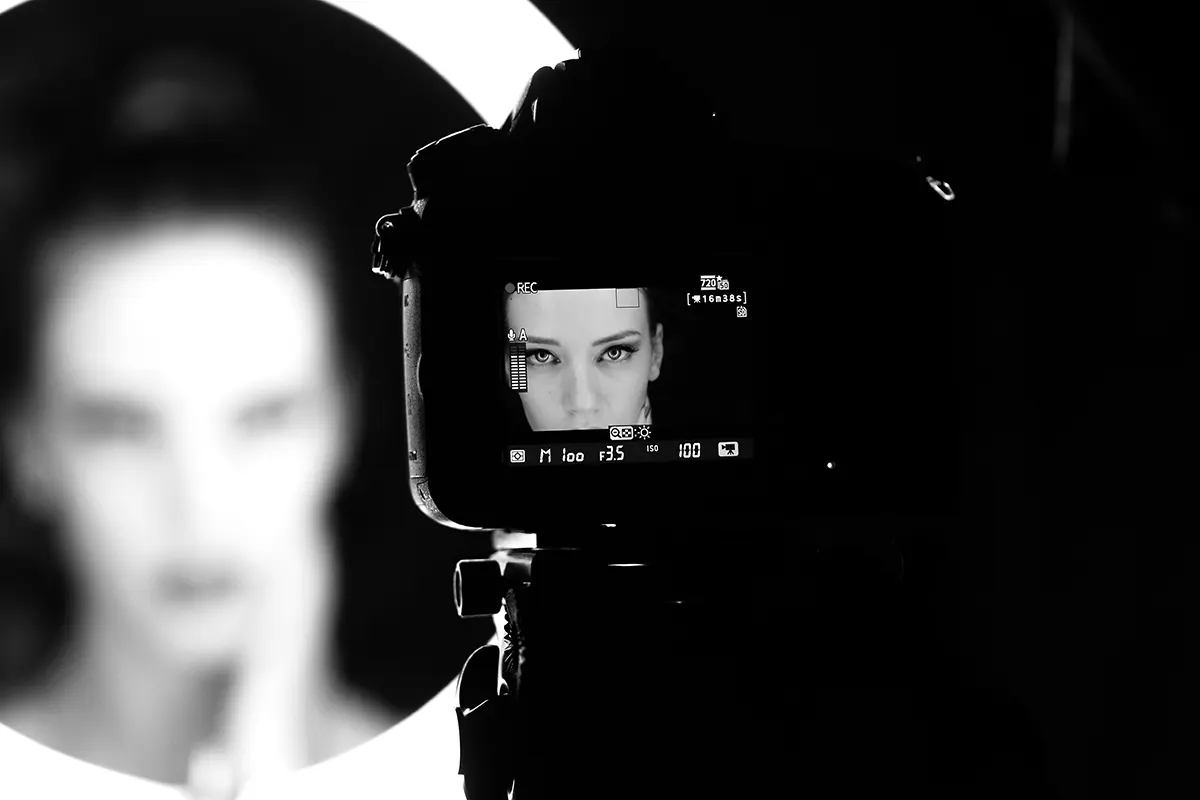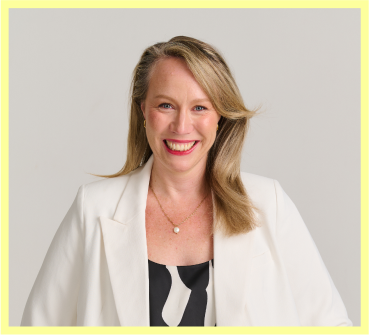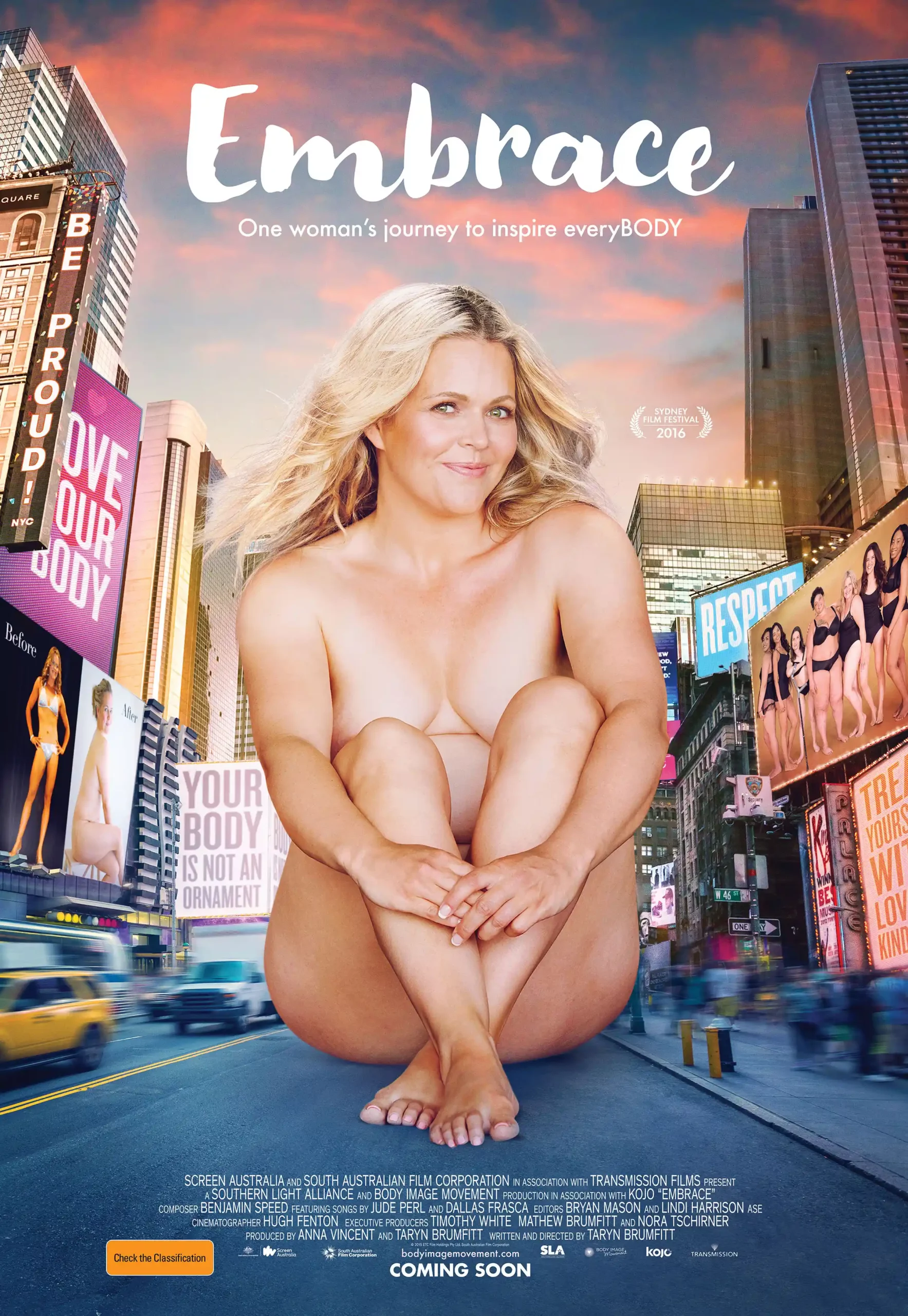Until relatively recently, pretty much every woman on our screens had the same body shape. You know the one:
Size 8. C cup. Flat stomach. Thigh gap.
No freckles, no wrinkles, no cellulite, no stretch marks.
You can picture her, because you’ve seen her a million times. And seeing her so often made it seem like there were more of her. Like that type of body was possible because so many people had it. And it might have been possible for some people — especially when they were young — but for most of us, it wasn’t possible unless we made pretty drastic changes to our lives.
We thought that if we could change our bodies to be more like hers, and less like ours, our life would be like a movie, too. Just like in Grease or Pretty Woman, if we could glam up, we could win. We would get the boy, the fancy car, the job, the friends, the nice apartment — and we would do it all in really, really nice shoes.
We started wanting to change ourselves to meet these ridiculous standards. And then, in the ad breaks (because we had ad breaks back then), we were shown how to do it. Magazines, diet companies and celebrities told us to pay money and do ridiculous things to ourselves all in the name of weight loss. As though this was the higher goal for our lives.
A handful of powerful people — mostly men — were making the decisions that influenced so many of us. They casted those actors, wrote those scripts, and allowed those reality TV judges to say horrific things about people’s bodies. They made those decisions because they boosted ratings and made money.
But did they know the power they had in influencing the way we felt about ourselves? In making it ok — and normal and funny — to judge women purely on their appearance? To say horrible things to them when they didn’t meet ‘The Standards’? Making it ok for men to talk about women’s bodies as though they were objects?
Maybe they did, and maybe they didn’t. But they definitely made a lot of money out of making us feel bad.

Films, TV shows and magazines pushed The Standards on us and made us want to feel like we were a part of their world. To reach The Standards, diet fads were created and books were sold by the thousands. Makeup and beauty companies made a packet for selling products that would make us more beautiful.
And the result? We thought of ourselves and our bodies like objects that could be moulded and shaped like plasticine. We spent hours, weeks, even months of our lives trying to change our bodies to live up to The Standards. Eating less carbs. Using the ab roller.
When we thought we weren’t ‘good enough’ we would cover up. Step back. Miss out. Hide away. Imagine all of the things we could have done — the things we could have achieved — if we used our time and energy for something other than achieving the ‘perfect’ body.
While many of those TV shows and films now look dated — and we laugh at the size of their mobile phones and the special effects we used to think were pretty cool — The Standards still have a firm place inside our heads.
Women who have reached an older and wiser stage in life often start to care less about what other people think. But the little voice is still there, telling us:
“Ugh, don’t post that photo, you look terrible.”
“You’re going out to the shops wearing that?”
“Umm, there’s a bulge there — lay off the chocolate cake.”
“Let’s just not get in the pool today.”
“You really should fix that frown line, you look angry all the time.”
“Is it ok for women your age to wear something like that?”
“You don’t look powerful enough for that promotion.”
“You’ve let yourself go and he won’t love you anymore.”
Now that we’ve lived this way for so long, it can be hard for us to change. But we know that we don’t want this for our kids. We don’t want them to be trapped in this prison with these voices in their heads.
Our bodies were just right as they were. We didn’t need to change. We weren’t the problem. The Standards were the problem because they pushed, promoted, and reinforced something that was not actually possible.
So, what can we do about it?
Body image research tells us that we need to see more diverse women’s bodies on screen. And we need this to happen routinely and in ways that don’t shock us so much that it invites endless commentary about cellulite, curves, creases and folds.
We also need the focus on women in the media to be on what they are doing, not what they look like. With more and more women writing scripts, directing films and owning production companies, I know we will start to see a better representation of women on our screens.
We need these women — and the men who still hold most decision-making positions — to tell stories where women are more than just objects to be admired.
To show a wider range of bodies and beauty.
To let the characters in the size 14 body have just as much success, power, love and personality as those in the size 4 body.
To resist the temptation to edit out normal parts of our bodies — like folds, rolls, lines, hairs and scars.
This is how we will remove the judgement, criticism and commentary about appearance from the minds of the next generation.
By allowing imperfection.
And setting us all free.




